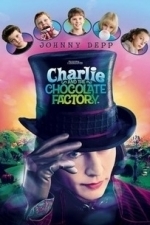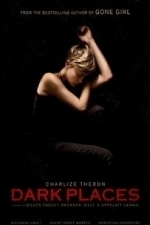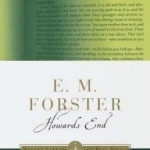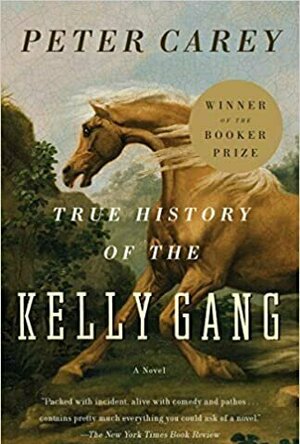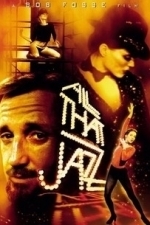TheDefunctDiva (304 KP) rated Charlie and the Chocolate Factory (2005) in Movies
Sep 27, 2017
This is the story of Charlie Bucket, an impoverished but genuinely good-natured child. His dream is one of millions: to win a Golden Ticket, and tour Willy Wonka’s chocolate factory in the hopes of obtaining an even bigger prize. If this plot sounds familiar, it’s because you’ve seen Willy Wonka and the Chocolate Factory, or have read the book. I profess my ignorance, for I haven’t read the book Roald Dahl wrote, and therefore have no idea which movie version adheres more strictly to the original text.
Let’s move on by more closely examining Burton’s version. Despite some of the world’s most recalcitrant children winning the four other tickets, Charlie lucks out and becomes the recipient of the last Golden Ticket. This brings great joy to his family and even makes the bed-ridden Grandpa Joe ambulatory again. I love Charlie’s family, especially because his Dad works in a toothpaste factory but everyone in the family has nasty teeth.
The glorious day of the tour arrives and each child shows up with a parental or grandparental guardian. They are introduced first to Willy Wonka by means of a puppet show, which ends in a glorious and unintentional fire. With the smoldering puppets dying disturbingly in the background, Wonka appears with cue cards, giving the impression that the man has no idea how to socially interact. The group then enters the factory.
The first child to be eliminated from the contest is Augustus Gloop. The group has been given free reign of a room made entirely of candy. Augustus cannot resist the lake of chocolate, and he falls in. He is sucked up a tube that leads to the fudge room. Then the Oompa Loompas appear and perform a song engineered for this particular predictable tragedy.
The Oompa Loompas in Burton’s version are short, and they do not have orange hair, but they all have the same face and body. Deep Roy, the actor portraying the Oompa Loompas, deserved an Oscar for effort in my book, for the special features indicate how very involved he was with this production. The songs sung by the Oompa Loompas varied significantly from those in the older version. In fact, I enjoyed how each song of admonishment involved a specific genre of music.
Next Violet Beauregard, the competitive one, is turned into a blueberry by chewing gum. And then we have the case of the sad and supremely spoiled Veruca Salt, who ends up getting thrown down a garbage chute by some very judgmental and highly trained squirrels. After each young lady has been expelled from the contest, the Oompa Loompas say adieu with a musical number.
Throughout the film, Wonka has flashbacks about his father. It seems the elder Wonka was a dentist, and he forbade the young Willy to eat candy. Several scenes show Willy Wonka defying the will of his father, which ultimately led Willy to be a world-renowned chocolatier. Though it was nice to have this subplot as an explanation for some of Wonka’s erratic behavior, I found that I like Gene Wilder’s portrayal of Willy Wonka better. He was whimsical and strange, but the film and the actor seemed to offer no explanation as to how he got that way.
Mike Teavee, a young boy with the attention span of a gnat on amphetamines, is the last of the factory’s victims. He decides to teleport himself into a television screen, which I’m sure seemed like a good idea at the time. Teavee is shown in peril as an Oompa Loompa flips the channels. Now incredibly small, Wonka decides that the best remedy for Mike is the taffy pulling machine.
Charlie is the only child left, and Wonka ushers Charlie and Grandpa Joe into the glass elevator. According to the button, they are going up and out. Indeed, they do, eventually stopping when they crash through the roof of the Bucket house. The grand prize is revealed: Willy Wonka is giving Charlie the factory. This becomes impossible when Wonka forces Charlie to choose between factory and family. Eventually, Wonka reconciles his Daddy issues and allows Charlie’s family to stay at the factory.
The visual effects in this film were amazing. As mentioned previously, Deep Roy was incredible as the face of the many Oompa Loompas. I thought the child actors in this film were also impressive in how they perfectly captured their respective vices. Overall, this was a good film. And yet I still miss moments from the older film, especially the poem with “the grisly reaper mowing.” Call me sentimental…
MissCagey (2652 KP) rated Dark Places (2015) in Movies
May 18, 2018
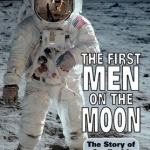
The First Men on the Moon: The Story of Apollo 11
Book
This book tells the story of Apollo 11 and dispels the myth that NASA faked the moon landings. The...
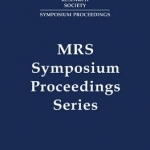
Materials Reliability in Microelectronics V: Volume 391
William F. Filter, Kamesh Gadepally, A. Lindsay Greer and Anthony S. Oates
Book
This long-standing proceedings series is highly regarded as a premier forum for the discussion of...
Spanish Lessons: Cinema and Television in Contemporary Spain
Book
Though unjustly neglected by English-language audiences, Spanish film and television not only...
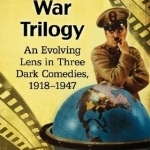
Chaplin's War Trilogy: An Evolving Lens in Three Dark Comedies, 1918-1947
Book
The book examines Charlie Chaplin's evolving perspective on dark comedy in his three war films,...
Lois Lowry recommended Howards End in Books (curated)
Cate Blanchett recommended The True History Of The Kelly Gang in Books (curated)
Julia Cafritz recommended All That Jazz (1979) in Movies (curated)
Matthew Krueger (10051 KP) rated Doctor Sleep (2019) in Movies
Nov 11, 2019 (Updated Nov 12, 2019)
Ewan McGregor was a perfect cast for Danny Torrance and Rebecca Ferguson was excellent as Rose The Hat and newcomer actress Kyliegh Curran was great as Abra Stone. Mike Flanagan was amazing choice for the dirctor. I liked his other movies that he directed and also loved The Haunting of Hill House which he created and directed.
The Recreated sences from the oringal film was intresting, i liked it not to bad. The hotel looks the same, old, crooked, haunted, scary, horrorfying and terrorfying. The replacements for Dick Hallorann, young Danny, Wendy and Llyod/Jack were intresting. I really liked the actress who played Wendy. As for Dick, i liked the actor who played him. As for young Danny he was good and Llyod/Jack the actor who played him was okay/bad, he just did a impression of Jack Nichoslon and looked like a young Jack Nicolson.
This is intresting, i just found this out: Danny Lloyd, who played Danny Torrance in The Shining, makes a cameo appearance as Bradley Trevor's father. Lloyd had been retired from acting for roughly 38 years, and was direct-messaged on Twitter by Flanagan to appear in the film. Producer Trevor Macy said of Lloyd's involvement, "[Lloyd] was excited to do [the cameo]. He hadn't acted since [the original]. He's a schoolteacher, and a very successful one at that, [who] like[s] making the world better. He came back for a day, and we were thrilled to have him." When pressed as to why the filmmakers did not extend the same offer to Jack Nicholson, Macy responded, "With Jack, I knew that they approached him for Ready Player One, and that he seems to be very serious about being retired. I had known that he was supportive [of the sequel] but retired." Flanagan admitted, "I didn't know how that would really work. Even if he were to come back, if he were appearing as a different character, I thought that would set people's hair on fire. He was absolutely a presence on set, though, whether he knew it or not."
So thats intresting. I would of loved to see Jack Nichloson come out of retirement and play old Jack Torrance.
Doctor Sleep was a great/excellent sequel to the shining and what Mike Flanagan did was perfect he toke elements from Stanley Kubrick's film and made it his own. The cast is great, the story is great, the hotel is great.
If you havent seen the shining than watch it and read it. If you havent seen this movie, than go watch it and read it.
